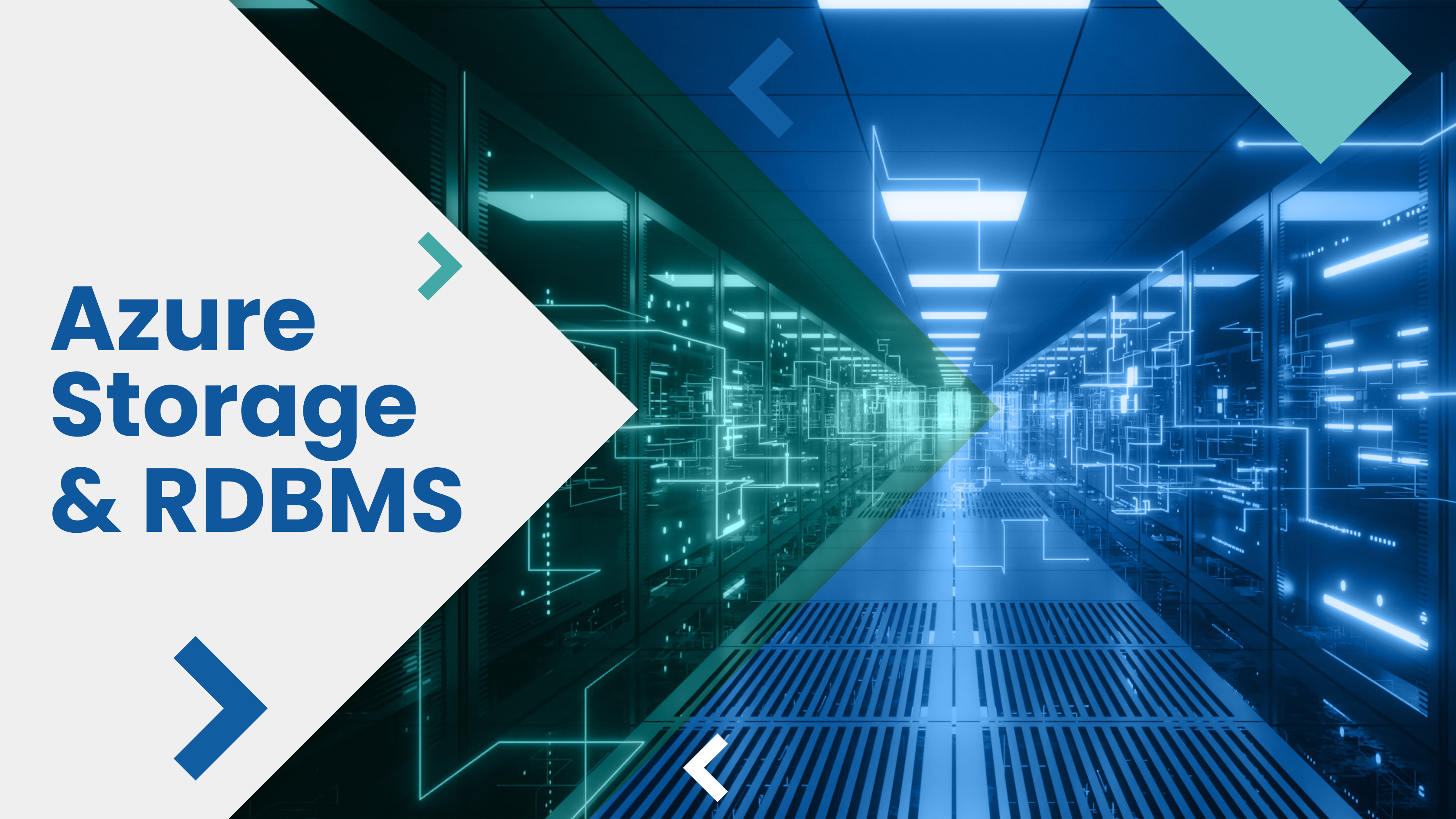Azure Storage in 2025: The Quiet Powerhouse Behind Modern Cloud Architectures

While AI, containers, and microservices dominate tech headlines, storage remains the unspoken hero powering every digital transformation. Whether it's serving static web assets, hosting terabytes of log data, or enabling AI pipelines—Azure Storage sits at the core of it all.
In 2025, Azure Storage is no longer just about blobs and tables. It’s an intelligent, tiered, and policy-driven platform—ready for global-scale applications, zero-trust security, and real-time analytics.
This article explores the latest innovations and best practices that make Azure Storage the foundation of cloud-native workloads.
🧱 Core Offerings: More Than Just Blobs
Azure Storage consists of several purpose-built services:
| Service | Purpose |
|---|---|
| Blob Storage | Store unstructured data (files, images, videos, backups) |
| File Storage | SMB/NFS shares for lift-and-shift apps |
| Queue Storage | Simple message passing for distributed systems |
| Table Storage | NoSQL key-value store for lightweight apps |
| Disk Storage | Managed disks for VMs with snapshots, encryption, and bursting |
🔍 New in 2025: Azure Blob Storage now supports event-driven replication, immutable tiering, and confidential access policies.
🚀 What’s New in Azure Storage (2024–2025)
✅ 1. Soft Delete for Containers & Shares (GA)
Soft delete isn’t just for blobs anymore. Now, entire containers and file shares can be recovered after accidental deletion for up to 365 days.
Use cases:
-
Restore file shares deleted during migration
-
Undo blob container deletion in test/dev environments
bash
az storage container undelete --name mycontainer
🔐 2. Scoped Access Policies + SAS Hardening
Shared Access Signatures (SAS) now support:
-
IP restrictions
-
Time-bound policies
-
Access level scoping (read-only, write-only, delete-only)
Plus, integration with Azure Key Vault ensures keys never leak.
✅ Recommended: Use User Delegation SAS with Managed Identity for short-term access via serverless apps (e.g., Logic Apps, Azure Functions).
🌍 3. Cross-Region Replication with Event Grid Integration
Geo-redundant storage (GRS) can now emit Event Grid events on replication events:
-
Know when replication is delayed
-
Trigger alerts if data hasn’t been replicated in X minutes
-
Automate downstream data validation pipelines
Perfect for financial, health, or compliance-critical workloads.
💾 4. Blob Index Tags for Policy-Driven Workflows
You can now tag blobs with metadata (e.g., app:invoice, region:IN, status:archived) and apply lifecycle rules based on those tags:
json
"filters": { "blobTypes": ["blockBlob"], "tagFilters": { "status": "archived" } }
Auto-move to archive tier, auto-delete, or even trigger archive-to-AI workflows.
🧠 Real-World Use Cases
| Scenario | Azure Storage Solution |
|---|---|
| 🧾 Invoice archive | Blob Storage + Index Tags + Lifecycle rules |
| 🏥 Medical records | Blob Storage + GRS + Immutable Tier |
| 🛠️ Legacy apps | Azure File Shares (NFS) with AD authentication |
| 🎬 Video processing | Blob Storage + Event Grid + Azure Functions |
| 📷 Static content | Blob Storage + Azure CDN (private origin enabled) |
🔧 Best Practices for 2025
-
Use Storage v2 accounts (General-purpose) for modern features
-
Secure access with Private Endpoints + Firewall Rules
-
Enable Storage Logging and integrate with Azure Monitor
-
Use Immutable Blob Storage for WORM (Write Once, Read Many) compliance
-
For large datasets, consider AzCopy with concurrency tuning or Data Box for offline transfer
📉 Cost Optimization Tips
| Strategy | Description |
|---|---|
| Hot/Cool/Archive Tiers | Store infrequently accessed data cheaply |
| Lifecycle Policies | Auto-move based on access time or tags |
| ZRS vs GRS | Choose replication wisely—ZRS is cheaper but less resilient |
| Large Block Uploads | Reduce transaction costs for media files or backups |
🏁 Final Thoughts
In 2025, Azure Storage is no longer passive infrastructure—it's an active participant in your data workflows, security posture, and app design.
From AI pipelines to legal document archives, Azure Storage helps you:
-
Store smarter
-
Secure better
-
Scale globally
Whether you're building a SaaS platform, migrating legacy workloads, or integrating OpenAI into your app—Azure Storage is the digital bedrock that quietly makes it all possible.